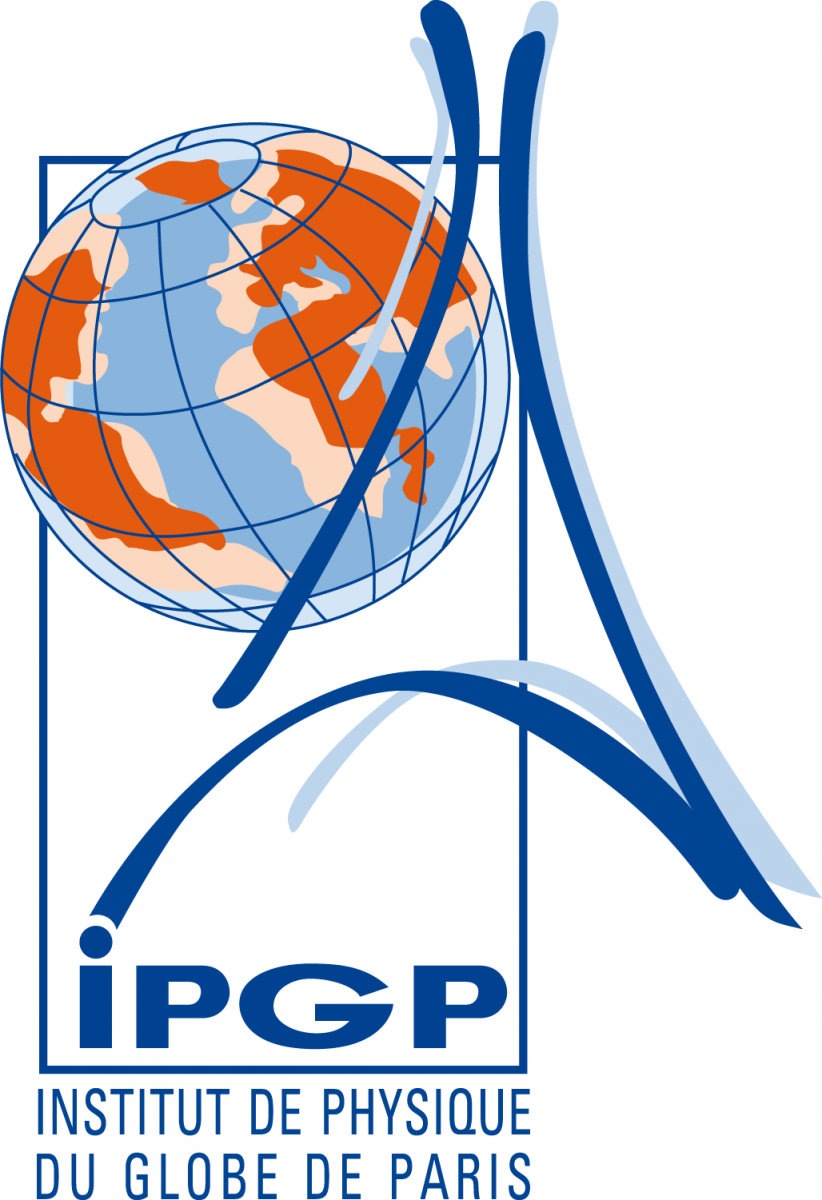The formation and evolution of the oceanic lithosphere is the dominant process in the chemical differentiation and physical evolution of our planet. Plate tectonic processes completely repave the ocean basins every 100–200 million years. Lithosphere formation encompasses the transfer and transformation of material and energy from Earth’s mantle to the crust and from the crust to the ocean and atmosphere. Independent of sunlight, the evolving ocean crust supports life in unique seafloor and subseafloor habitats that may resemble Earth’s earliest ecosystems. From its formation until its return to the mantle by subduction, the evolving oceanic lithosphere interacts with seawater, sequesters water and other materials, and ultimately recycles them back into the mantle.
Mission Moho is the culmination of a four decade quest by the Integrated Ocean Drilling Program (IODP; http://www.iodp.org) and its predecessors (Ocean Drilling Program, Deep Sea Drilling Project) to increase our understanding of the oceanic lithosphere through deep scientific drilling. The Moho (Mohorovičić discontinuity) is a seismically imaged interface assumed to represent the transition between the Earth’s crust and its pristine mantle. To date, this elusive frontier has been a symbolic goal for many geologists but beyond the reach of available technology. With the recent commissioning of IODP’s new riser-drilling vessel, D/V Chikyu, the technically challenging goal of drilling to and through the Moho has become feasible.
A Mission Moho workshop was held in Portland (Oregon), 7-9 Sept 2006. Go to the workshop website here (password required) - Understanding the Formation and Evolution of the Oceanic Lithosphere
Download the reports and publications below -
| Anhang | Größe |
|---|---|
| ildefonse_etal_2007.pdf | 1.01 MB |
| MissionMoho_IR_news_06.pdf | 142.27 KB |
| MissionMoho_EosReport.pdf | 75.53 KB |
| MissionMohoWS_FullReport[1].pdf | 13.39 MB |




